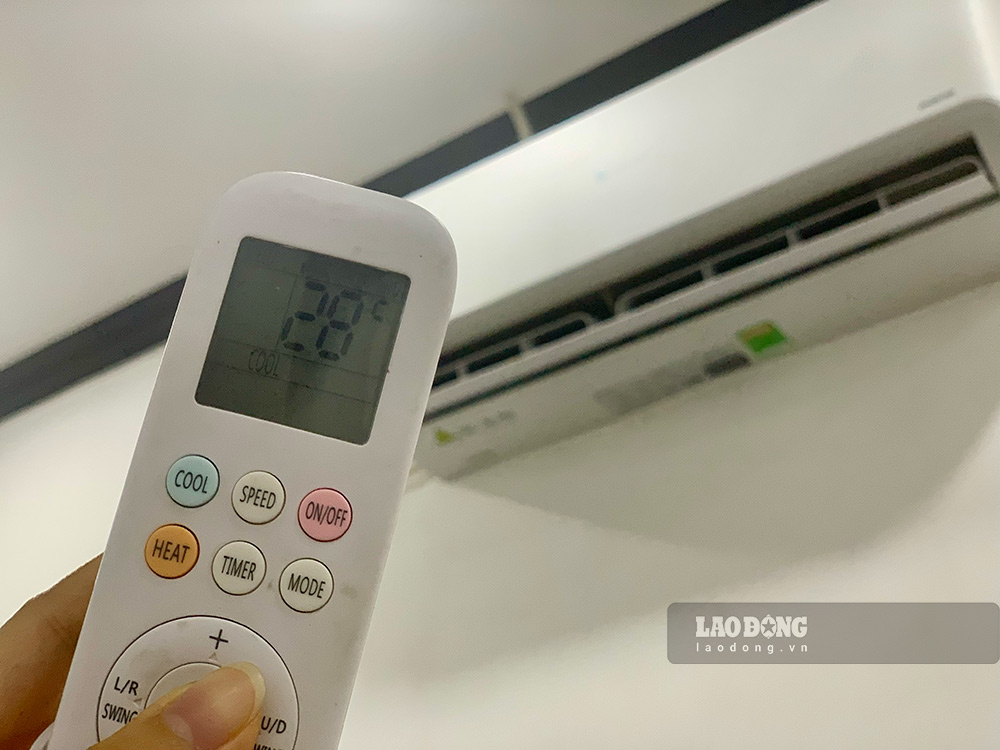You can turn on Dry mode during the saffron season in the North (February, March every year) or the rainy season in both regions. At the beginning of winter in the North, when the weather is hot and humid, this regimen can also help the air become more pleasant.
Cool is a key feature of air conditioners, but under certain conditions, dry can also provide cooling efficiency with the advantage of saving electricity and causing less noise.

The cooling mode uses a hood to continuously cool the air. For example, if the setting temperature is 26 degrees Celsius, the air conditioner will cool until the room temperature reaches this level. Meanwhile, the drying method maintains a humidity of about 60% for the room.
When the air conditioner is operating in the dry mode, the fan and the parts inside the air conditioner still run, but the air conditioner does not blow out cold air like the Cool mode.
The air and steam in the room passing through the device will freeze up, operating similarly to a humidifier.
However, the dehumidifier works more effectively and has a larger capacity, allowing the humidity to be set to a very low level, about 30%.
The drying regimen (a symbol of water droplets) stops steaming water, reducing humidity to help the air feel cooler.
This feature is only effective in cloudy weather or in the rainy season. Users feel the cooler air is due to the humidity in the room, instead of the air being truly cool as Cool mode.
For example, when setting Dry mode to 25 degrees Celsius and the humidity in the room is about 90%, the air conditioner will dry the air until the temperature drops to about 25 degrees Celsius and stops.
When the humidity increases, causing the temperature to increase again, the machine will continue to operate to maintain low humidity.
Because in the drying mode, the compresses only work to freeze the humidity, so the air conditioner causes less noise and consumes less electricity than the Cool mode.
However, on days when the weather is too hot or humid, Dry regimen does not bring significant cooling effects.
Abusing this regimen on hot and dry days can even be harmful to health such as respiratory diseases, dry skin, cracked limbs.
Users should have additional humidity measuring devices in the room to ensure whether to use Dry mode or not. If the humidity is above 70%, this method should be used.
In cases below 60%, the air conditioner should be turned on in the regular cooling mode (Cool) combined with the use of a humidifier or leave a small pot of water in the room.











